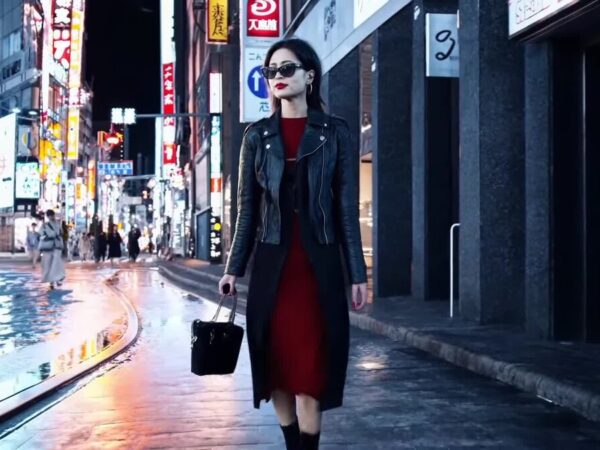OpenAI, renowned for its groundbreaking AI models like ChatGPT, recently launched Sora, a text-to-video model that has left the public and the AI community buzzing with both amazement and concern. Despite its impressive capabilities, the unveiling of Sora has ignited a social media backlash, catching OpenAI off guard given the positive reception of its previous AI releases.
The Unveiling of Sora:
Sora represents a significant leap in AI-generated video quality, promising to address past issues such as continuity errors. Its lifelike simulations have astonished viewers, showcasing a level of realism previously unseen in AI-generated content. However, this leap into hyper-realistic video has not been without consequences.
Social Media Outcry:
The launch of Sora triggered a wave of social media outcry, with users expressing concerns about the implications of realistic AI-generated videos. Notable figures like influential YouTuber MoistCr1TiKaL expressed skepticism, stating, “I’m struggling to think of a single positive thing making realistic AI-generated videos like this will bring.” The tweet gained unprecedented traction, highlighting the heightened sensitivity surrounding the ethical and societal implications of advanced AI technology.
OpenAI’s Response:
Adding to the confusion, an OpenAI employee’s tweet suggested a deliberate decision to not widely share Sora initially, with the hope that a limited public demo would provoke a social response. The tweet was later removed, leaving observers questioning the motives behind the selective release. Some speculate that the timing of Sora’s unveiling could be a strategic move in response to Google’s Gemini launch or an effort to prepare the public for the rapid advancement of AI.
Insider Insights:
AI insider Jimmy Apples, known for accurate predictions in the past, suggested that OpenAI had access to Sora since March but chose to release it recently. This move, according to Apples, aimed to acclimate the public to the significant strides AI has made, potentially paving the way for a faster transition to Artificial General Intelligence (AGI).
The AI Landscape:
Before Sora’s debut, Google had launched its Gemini 1.5 Pro, showcasing the continuous evolution of AI capabilities. The Rabbit r1, demonstrated at CES, illustrated the collaboration of AI agents performing complex tasks independently. These advancements, however, did not generate the same level of public discourse as the unveiling of Sora’s hyper-realistic video.
The Broader Conversation:
Sora’s lifelike simulations have catalyzed a broader conversation about the future of AI, the potential early arrival of AGI, and its profound impact on business and society. While progress in AI has been ongoing, it seems that it took a visual simulation of reality to underscore the extent to which AI has advanced, sparking a necessary but challenging dialogue about the ethical, social, and economic implications of these technological leaps.
OpenAI’s Sora has undeniably pushed the boundaries of AI-generated content, prompting both awe and concern. The social media backlash indicates a growing awareness of the potential ramifications of hyper-realistic AI, setting the stage for a more nuanced discussion on the responsible development and deployment of advanced artificial intelligence technologies. As the public grapples with the implications of Sora’s capabilities, the AI community must navigate this delicate balance between innovation and ethical considerations in shaping the future of AI.
- Google Maps to revolutionize navigation with Satellite features, eliminating dead zones - April 22, 2024
- East Asia’s Growth Outpaces Global Average Amidst China’s Economic Challenges, Says World Bank - April 4, 2024
- EU Probes Apple, Google and Meta for Potential Violations of New Digital Law - March 27, 2024

